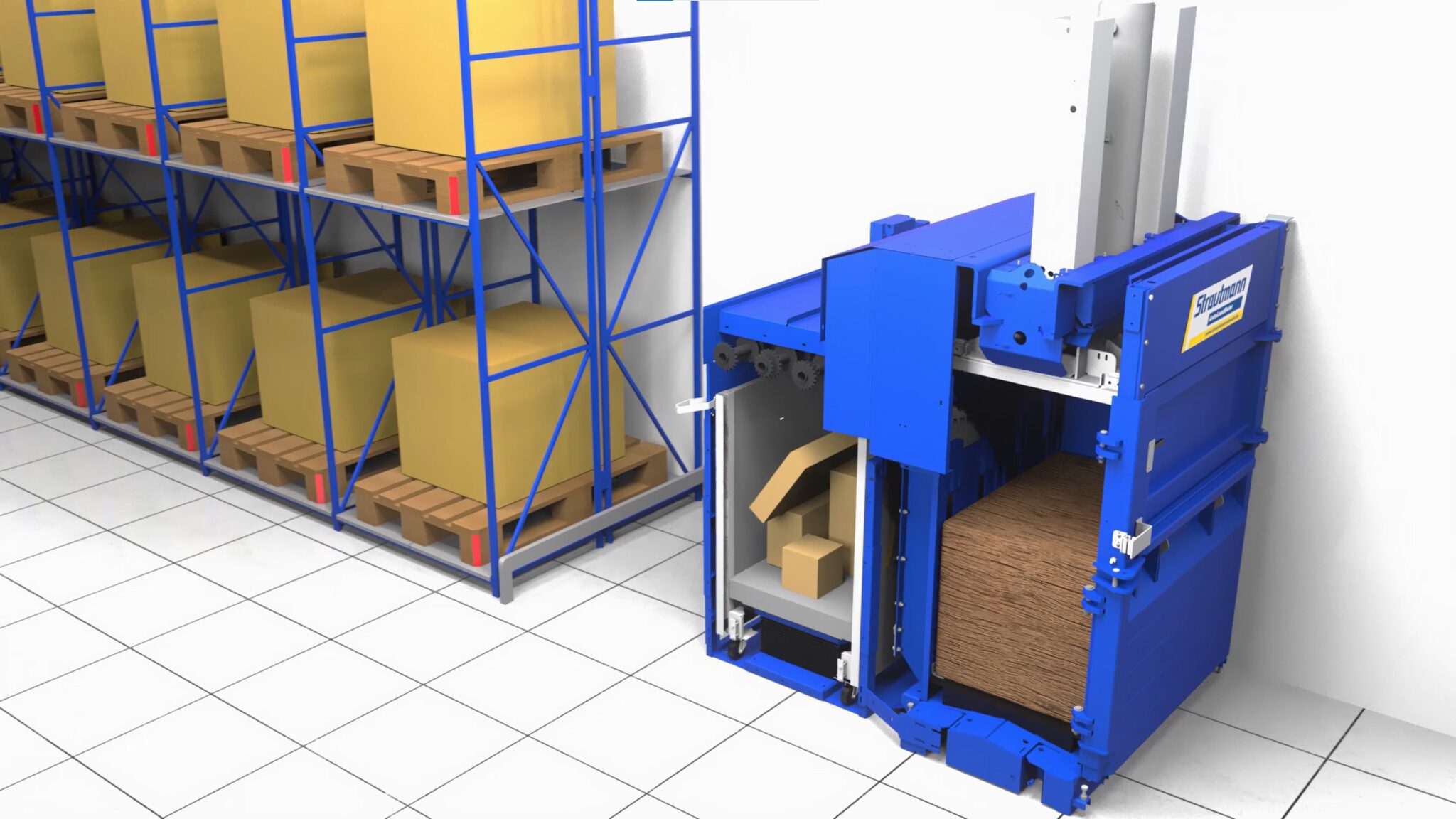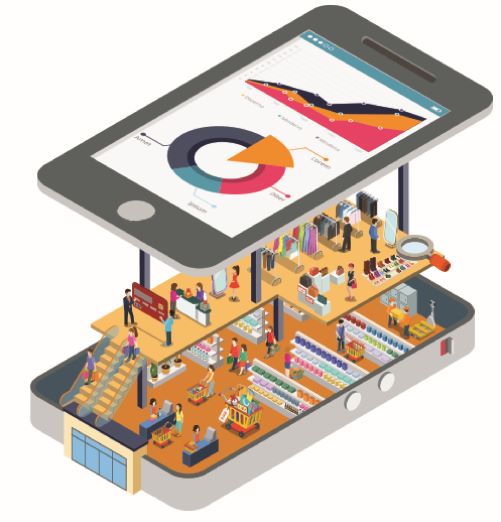Black Friday has moved from a single day to an almost week-long event of retail sales and promotions. Consumers now expect physical and online stores to take part and the build-up can be almost as big as the event itself.
Alex Borg, Technical Operations Manager at leading fulfilment provider, Zendbox, has shared five ways that eCommerce stores can prepare for the Black Friday sales, and how getting organised is the key to success.
Sweep your website
“With billions spent every year around Black Friday, you don’t want to miss out on sales because of a technically poor website. Audit your entire site to check for any possible problems that increased Black Friday traffic could cause. Start with your site speed; a slow website can turn people off straight away. Things like cleaning up your media library and optimising images can help, but you may also need to consider a fast host to really make your site reliable.”
“Go through every page to make sure there are no broken pages or expired links; no one likes to see a 404 error message when browsing for Black Friday deals. Finally, go through your checkout process. Is it seamless? Could you add more payment methods? Is there a guest checkout and, crucially, is it mobile friendly? Cart abandonment for Black Friday sits at around 77%, so do everything you can to enhance this final step for the user.”
Optimise your content
“There’s no use having great products at bargain prices if customers can’t find them. Read through your current category copy and see if it can be improved to include more keywords around the specific product, or if it could be made shorter and clearer for a better user experience. Update any products with title tags and clear descriptions. Use bullet points if possible. This will make your content informative for your customer but also easier to crawl for search engines.”
“Do this ahead of time. Many people will research what they want to buy on Black Friday and possibly come back to check for a discount during the event itself. You want to get people into the funnel early on so they remember you when the time comes.”
Inventory analysis
“It goes without saying that having enough stock is rule number one for Black Friday. Complete a thorough analysis of everything you have in stock and analyse sales for the previous Black Friday to forecast this year’s sales. Using an automated system will remove the margin for error so now might be a good time to look at an inventory analysis tool if you don’t already have one.”
“You may have decided to run your marketing using a loss leader or a breakeven product. In which case, use sales predictions to decide which products would be most fit for purpose and then check if you have enough available; if not, you can reorder ahead of the Black Friday deadline.”
Customer Service
“Black Friday can be a very hectic time for eCommerce stores, but also for customers too. Many consumers stock up ahead of Christmas or have multiple orders from multiple retailers. Providing excellent customer service could help with initial sales but, more importantly, with repeat custom and loyalty. Troubleshoot any potential problems, such as out of stock products, faulty items or late deliveries and refresh staff training in these areas. Consider adding a chat function to your website, if possible, to provide an initial response to any queries.”
“Delivery is a critical area for all eCommerce businesses. In fact, 63% of consumers cite delivery speed as an important factor when shopping online. Work out how you will cope with the increased shipping demands so that customers aren’t left waiting too long. You might need to use temporary staff or outsource your fulfilment operations to keep buyers happy.”
Marketing
“Now isn’t the time to cut back on marketing. It can be easy to focus on the logistics of Black Friday, but marketing is just as important. Plan ahead for people who are browsing now and waiting for Black Friday discounts by installing a pop-up box on your site. Suggest that by leaving an email address, they’ll be the first to know when an item is reduced for Black Friday. Analyse the items people are searching for most, or what sold in large volumes last year, and create email marketing around this.”
“Lastly, don’t forget social media. Ramp up your marketing efforts in this area and even consider social selling. TikTok has seen exponential growth for sellers on the platform. Black Friday could be just the time to get your teeth into a TikTok Shop or Instagram storefront.”











